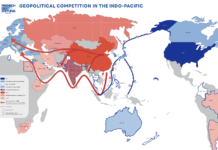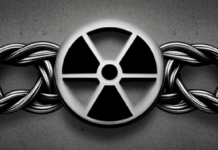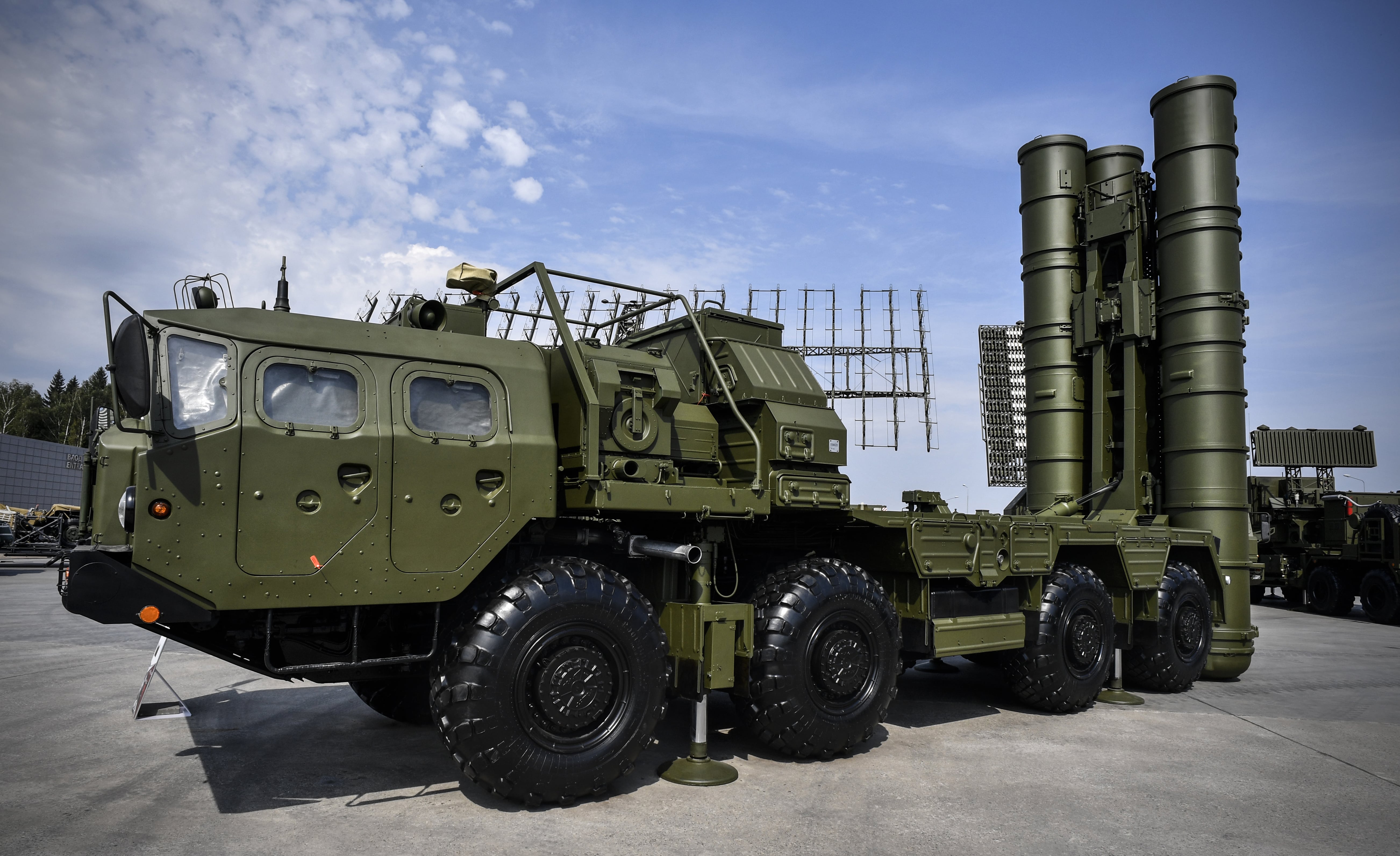Syed Ali Zia Jaffery
The 20-year old nuclear dyad in South Asia has been typified by the action-reaction model, whereby arch-rivals, India and Pakistan have buttressed their deterrence mix and maintained a robust bilateral deterrence equation. Even a cursory glance at the history of nuclear South Asia suggests that Pakistan has reacted to the developments deemed as threats to strategic stability in the region. India’s nuclear tests of May 1998 were responded to by Pakistan with those of its own within weeks. Pakistan, for its part, has redressed imbalances by coming up with antidotes against India’s nuclear and conventional advancements. Pakistan’s gradual seaward nuclearization, MIRVing and the induction of the Nasr missile are all but illustrations that the strategic balance, however tenuous, is owed to Pakistan’s timely counter moves. This is primarily because Islamabad has remained committed to thwarting efforts to deride its deterrence regime.
Despite playing an important role in the three crises following the overt nuclearization of South Asia, bilateral deterrence mechanism is under threat. India’s acquisition of Russia’s lethal and most advanced S-400 missile defense system is a move that will dent strategic stability in the region. Though a discussion on the features of the S-400 is beyond the purview of this piece, it is noteworthy that the deployment of the system could adversely undermine the mainstays of Pakistan’s riposte capabilities. The S-400 can target aircraft, ballistic and cruise missiles well outside India’s territory. This deadly war-fighting capability of the system could have serious implications for Pakistan in peace time and during crises. The shield could embolden India to militarily punish Pakistan for its alleged role in spawning terrorism in India. During a crisis, a false sense of security could afflict India which could lead to crisis instability.
However, despite all the dangers and pitfalls associated with the S-400, the development is not rattling. The S-400, with its entire wherewithal attempts to threaten Pakistan’s deterrence drive and its effectiveness. Over the years, Pakistani officials have iterated that Islamabad will continue adding value and strengthening deterrence vis-à-vis India. As a matter of fact, the country is visibly moving towards what its strategic managers have called Full Spectrum Deterrence. Pakistan’s quest to fill gaps in its deterrence will mean that developing a countermeasure to the S-400 system will be one of the most pressing preoccupations of its strategic fraternity.
Recently, Pakistan’s Chairman Joint Chiefs of Staff Committee (CJCSC), General Zubair Hayat categorically stated that while India, bolstered by third parties, is introducing weapons of instability, Pakistan is fully committed to maintaining credible minimum deterrence against a full spectrum of threats in order to maintain stability in the region. Taking cognizance of threats to deterrence credibility, Gen. Zubair, who formerly spearheaded the Strategic Plans Division(SPD), said “we have and we will continue to provide necessary response to ensure that strategic balance is maintained and Pakistan’s deterrence remains credible. Let there be no doubt on that account.”
A similar statement was recently made by Lt. Gen Khalid Kidwai, who happens to be the country’s most experienced strategic practitioner. Kidwai asserted that “the history of our strategic force development clearly indicates that Pakistan has never allowed this (strategic) balance to be disturbed to our disadvantage; we have always found effective solutions to redress induced imbalances from time to time.” He maintained that Pakistan has adequate responses to S-400 and hence it is not a game changer.
The enunciations from the top officials may sound overly optimistic but are well in line with the workings of nuclear Pakistan. This implies that Pakistan could mull over increasing the number of warheads and delivery vehicles so as to hamper the ability of S-400 to engage all incoming missiles. According to an Air force pundit, Air Commodore Kaiser Tufail, Pakistan will come up with a response in due course as more information about Triumf’s technical and operational specifications will be brought to light. Tufail is optimistic. He says, “We fought outnumbered in 1965. We came up with a response to the Indian nuclear capability and literally tied its hands. I am very confident that we can do the trick this time again.”
The S-400 does have the propensity to discredit Pakistan’s war-fighting and deterrence capabilities. However, it does not imply that India’s induction of the S-400 will not be responded to by Pakistan. As evident by the trajectory of Pakistan’s nuclear excursion, it would ensure that deterrence and strategic stability is upheld at all costs.
Pakistan’s resolve to come up with a befitting response to India is certainly an anathema to arms control and disarmament but is much-needed to stop deterrence failure. This goes on to amplify that while non-proliferation, arms control and disarmament are important goals for the nuclear weapon states, the very powers have not helped in creating an enabling environment to achieve them. If anything, third parties like Russia, the United States and China are arming both South Asian states in a bid to further their own interests but are jeopardizing stability in the region. The sale of S-400 to India is yet another example of how Pakistan is being compelled by the strategic and threat landscapes to increase its reliance on its strategic weapons in order to maintain strategic stability.
Syed Ali Zia Jaffery is a Research Associate at the Center for Security, Strategy and Policy Research, University of Lahore.

















